Production Year 2024
SPIRIT OF JAPAN Uplifting Doll Makers! Hakata Gion Yamakasa
DC272443![]()
日本のチカラ 人形師翔る! 父と子の追い山笠 [RKB]
![]()
![]()

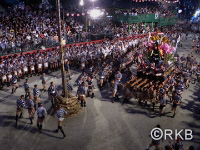
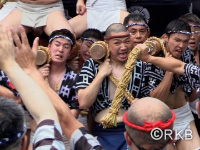
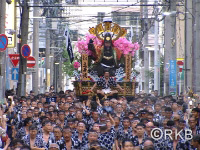
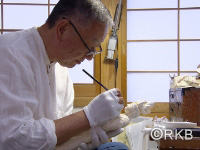
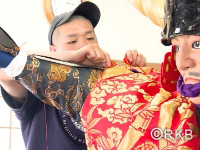
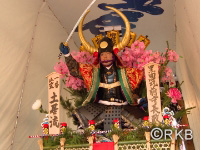

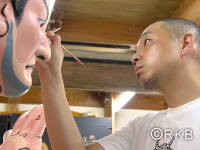
|Length : 25min |Year : 2024 |
Hakata dolls, a traditional craft of Fukuoka, are facing a decline, with the number of doll makers halved since the 1950s.
However, Shinkyo and his son Hiromine Nakamura, from the century-old ‘Nakamura Ningyo’ family, continue to receive orders. Shinkyo (67), a leading figure in the industry, has won many awards, while Hiromine (38) is known for his innovative approach to Hakata doll-making.
The doll makers in Hakata are most honored to make the ‘Kaki Yama,’ the ‘running Yamakasa’ at the Hakata Gion Yamakasa Festival. It is highly competitive, with no guarantee of future commissions.
In 2023, Hiromine created dolls of Nagamasa Kuroda, the first lord of Fukuoka more than 400 years ago, and his famous father, Kanbee, for the festival. Nakamura’s family motto is ‘Never create the same thing as the previous generation’; Hiromine follows this by producing unique dolls each year. For the unveiling, he displayed the same-sized dolls of Nagamasa and Kanbee back to back. The people of Doi Nagare, who ordered the dolls, were deeply moved and amazed, saying, ‘The dolls are father and son, just like the doll makers.’
 A Passionate Challenger | A Passionate Challenger
Kenshi Mishiro, Chikao Ikeda Take-Akari Artists
Illuminating the World with Bamboo Lights!
A Passionate Challenger | A Passionate Challenger
Kenshi Mishiro, Chikao Ikeda Take-Akari Artists
Illuminating the World with Bamboo Lights!
DC282401![]()
情熱大陸 竹あかり演出家 三城賢士・池田親生 [MBS]
![]()
![]()
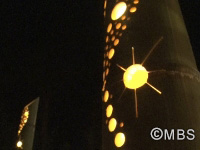
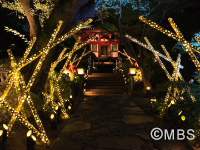
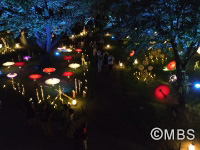
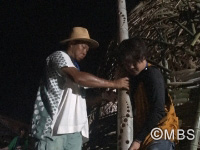
|Length : 25min |Year : 2024 |
For centuries, bamboo has been an integral part of Japanese culture, valued for its resilience and flexibility. It has been used to craft items like baskets, chopsticks, and even buildings. Bamboo shoots are a staple in Japanese cuisine as well. But in turn, unmanaged bamboo forests have become a growing concern, where the rapid spread of bamboo has led to forests dying out. The shallow roots of densely packed bamboo are interconnected, increasing the risk of landslides during heavy rain.
In recent years, however, bamboo’s potential has been rediscovered. Beyond traditional uses, it is now utilized in products like clothing and detergents. Among these new developments, one captivating art form has emerged: Take-Akari or “bamboo lights.” Two Kumamoto-based artists, Chikao Ikeda and Kenshi Mishiro, are at the forefront of this movement. They repurpose abandoned bamboo, crafting intricate, original designs by drilling patterns inspired by waves, clouds, and willows. These designs, illuminated by candles or LEDs, transform spaces into magical, dreamlike settings.
Their Take-Akari installations are now in high demand, featured on stages of famous artists, in theme parks, hotel gardens, and more. But their efforts don’t end with creating beauty; when their works reach the end of their lifespan, the bamboo is recycled into products like charcoal. This sustainable approach has earned them widespread recognition, including a role in the artistic production for the G7 Hiroshima Summit in 2023.
Now, the two artists are embarking on even greater ventures: collaborating with a world-renowned Taiwanese artist, lighting up Kumamoto Castle, and designing a bamboo light installation for a garden in Aix-en-Provence, France. Guided by their motto, “Bringing light to those who’ve never seen Take-Akari,” these two artists are on a mission to illuminate the world.
Final Wishes of a Battlefield Journalist
DC282402![]()
戦場ジャーナリストのエンディングノート
![]()
![]()


|Length : 51min |Year : 2024 |
In 1945, the battle of Okinawa, the final ground combat of World War II between the US and Japan, deprived the lives of a quarter of civilians in Okinawa.
In the 1960s, still carrying the wounds in their bodies and minds, the survivors and their children were once again shaken by a war ? the Vietnam War. Relentless despatchers of B52 bombers took place at Kadena Air Base as the staging front of the attack before the eyes of Okinawans. It was a war in a mess, with US-Russia meddling, claiming 3 million people. To an Okinawa-born photojournalist, Bunyo Ishikawa, it was a war to be recorded both in Vietnam and in Okinawa.
From 1964 to 1968, Ishikawa served as an embedded journalist with the US Army and the Army of the Republic of Vietnam, risking his life to record the realities of the war.
What was the war he captured through his lens half a century ago? What did he see in the faces of humans in the extreme hell of the battlefield?
Today, the world sees no end in sight to the war in Ukraine while the situation in the Middle East is worsening. As military boots approach to drag the world into war, we observe the finalization of life activity by the 86-year-old battlefield journalist to contemplate what peace is.
The Schoolchildren of August 6th
DC282403![]()
コネクト “あの日の中学生たち”を見つめて [NHK]
![]()
![]()
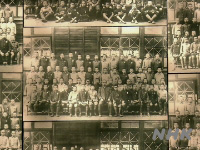


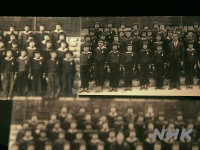
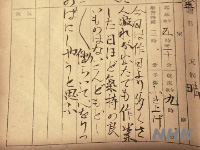
|Length : 25min |Year : 2024 |
Memorials line Hiroshima's Peace Boulevard, each inscribed with the names of those who died when the United States dropped an atomic bomb on the city. Over 50,000 people were killed on August 6th alone, and many of the victims were children as young as 12 and 13 years old. The reason for their presence in the area? They had been ordered to tear down the homes along the road to widen it. We visit their memorials and the Hiroshima Peace Memorial Museum, where the remnants of these young lives are carefully preserved.
Autumn & Winter Living with Surviving Trees
DC282404![]()
コネクト 被爆樹木と生きる [NHK]
![]()
![]()
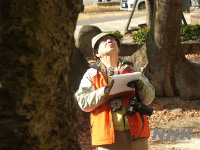


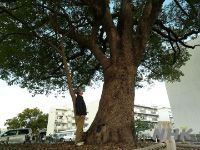
|Length : 25min |Year : 2024 |
After the atomic bomb was dropped on Hiroshima, it was said no plants would grow there for 75 years. Yet despite this, some trees survived the bomb and are still alive today. A tree doctor has spent over 30 years providing them with dedicated care - 78-year-old Horiguchi Chikara. As Hiroshima’s very first tree doctor, he checks on each of the surviving trees, manages their records, and provides treatment to those which need it. He’s also developed relationships with the city’s bomb survivors who feel a special bond with these trees, and their perspectives have shaped his conservation work. As wars around the world draw more international eyes to these extraordinary trees, we follow Horiguchi’s daily life with them.














